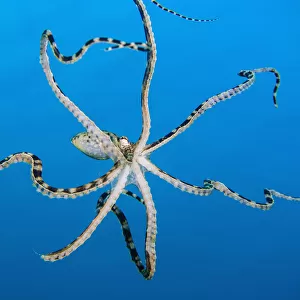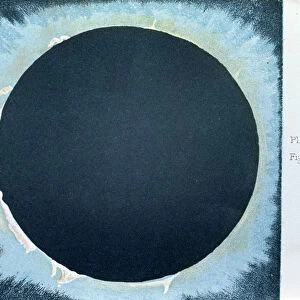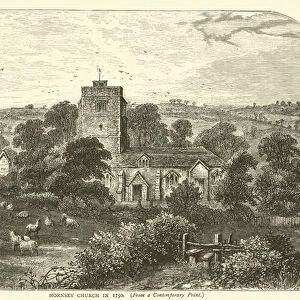Gecko. Underside of a gecko walking on glass
![]()

Wall Art and Photo Gifts from Science Photo Library
Gecko. Underside of a gecko walking on glass
Gecko. Underside of a gecko walking on glass. Geckos are nocturnal lizards found in warm climates. They are able to climb on vertical walls and upside-down on ceilings due to the gripping ability of their toes. Each toe is lined with microscopic hairs (setae) and each hair is further branched into finer structures (spatulae). The hairs create weak intermolecular forces, known as van der Waals forces, which are strong enough to grip on any surface. Geckos walk by first uncurling their toes before making contact. To take another step, the gecko must peel off its toe. This uncurling and peeling action can be produced up to 15 times per second, enabling the gecko to move rapidly
Science Photo Library features Science and Medical images including photos and illustrations
Media ID 6464565
© VOLKER STEGER/SCIENCE PHOTO LIBRARY
Climb Climbing Crawling Feet Foot Gecko Gripping Lamellae Lizard Reptile Reptilia Setae Spatulae Sticking Van Der Waals Walking
EDITORS COMMENTS
This print showcases the intricate underside of a gecko as it gracefully walks on glass. Geckos, fascinating nocturnal lizards found in warm climates, possess an extraordinary ability to climb vertical walls and even traverse upside-down on ceilings. This remarkable feat is made possible by the gripping power of their toes. Each toe of a gecko is adorned with microscopic hairs called setae, which are further branched into finer structures known as spatulae. These specialized hairs create weak intermolecular forces called van der Waals forces that allow the gecko to firmly grip onto any surface it encounters. The process of walking for a gecko involves uncurling its toes before making contact with each step. To take another stride, the gecko must then peel off its toe, repeating this action up to an astounding 15 times per second. This rapid uncurling and peeling motion enables these agile creatures to move swiftly and effortlessly. In this image captured by Science Photo Library, we witness nature's marvel at play – the biological adaptation that allows geckos to conquer various terrains with ease. The delicate lamellae structure on their feet demonstrates how evolution has equipped them for climbing and sticking abilities unparalleled in the animal kingdom.
MADE IN THE UK
Safe Shipping with 30 Day Money Back Guarantee
FREE PERSONALISATION*
We are proud to offer a range of customisation features including Personalised Captions, Color Filters and Picture Zoom Tools
SECURE PAYMENTS
We happily accept a wide range of payment options so you can pay for the things you need in the way that is most convenient for you
* Options may vary by product and licensing agreement. Zoomed Pictures can be adjusted in the Basket.













